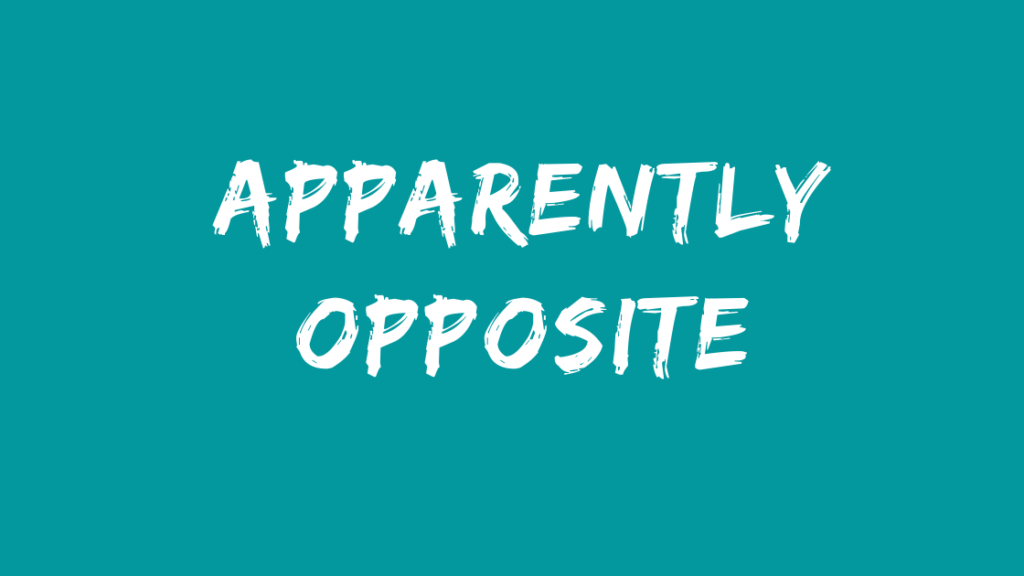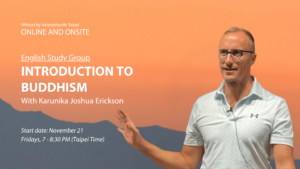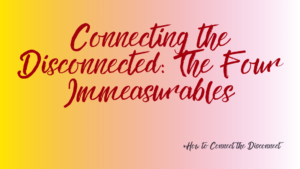One of the first teachings I received when I started walking on the Buddhist path had to do with the connection between hope and fear as two sides of the same coin, the coin being suffering. I remember it clearly because it was really shocking: How can something so “negative” (fear) be an equivalent of something so “positive” (hope)?
Merriam-Webster’s Dictionary defines these two terms as:
hope: desire accompanied by expectation of or belief in fulfillment
fear: an unpleasant often strong emotion caused by anticipation or awareness of danger
From these two definitions, we can see that what they share is a sense of the future. In other words, both when we are fearful and when we are hopeful, we have stepped out of the present moment. We have focused our attention in a place that has not come into existence yet, and these movements of the mind constitute one of the definitions of suffering: Our inability to stay in the present moment gives rise to depression and its relatives (when our mind gets fixated on the past) or to anxiety and its relatives (when our mind gets fixated on the future).
One instance in which I was able to see this with burning precision was when I fell in love for the first time after my divorce. Once the initial moment of connection and exhilaration was over, which was quite vivid due to the total lack of anticipation, the two sides (hope and fear) of the coin (suffering) began to show up, underscored by the fact that we had to part after having barely met and pursue our relationship with an ocean or more between us. I was so afraid that we would never meet again, and I was so hopeful that we would live happily ever after. So afraid that things would not turn out; so hopeful that I had finally found true love. The final outcome was heartbreak but also a deeper understanding of my mental patterns, the ones that are ultimately responsible for the suffering.
Fear can be understood as the most pervasive and underlying kind of suffering: fear of getting what we do not want and fear of losing what we do want. Its counterpart, hope, has the same flavor: hope of getting what we do want and hope of getting rid of what we do not. I cannot help noticing how — during this past year and a half of living through the coronavirus pandemic — these two fundamental emotions and their ensuing attitudes have permeated our lives, both at a personal and social/global level: The fear of getting infected and the hope of getting vaccinated; the fear of vaccines and the hope of not getting infected.
Exercise/Meditation/Ejercicio
It is in extreme situations such as these when it is most important to be aware of our mental patterns. So, the next time your attention is swayed by hope or by fear, try these simple steps:
1) Breathe. Always breathe to reconnect with your present moment of experience.
2) Evaluate your state of mind, identifying whether you are being controlled by fear or by hope, by the impulse to gain something (hope) or the impulse to avoid something (fear).
3) Once you recognize your current state of mind, then rest in your insight, relax, and let go of any expectation or anticipation.
4) Repeat as needed.

is a writer, translator, psychotherapist, teacher and, mother from Mexico. She is now working on a bestiary in poetic prose. She has practiced meditation for over 24 years and has been a student of Ponlop Rinpoche’s since 2002.






